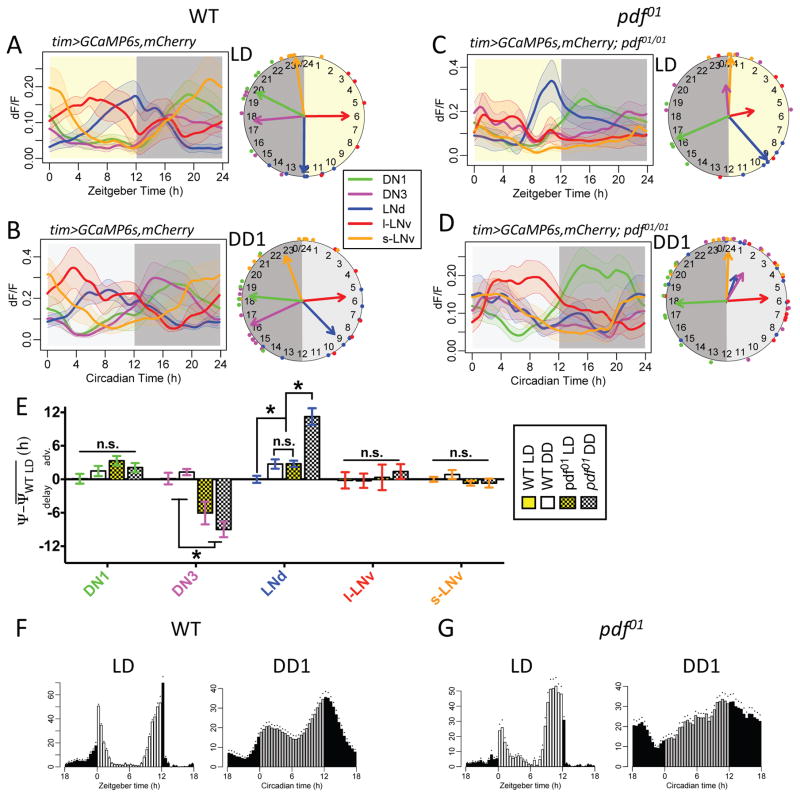Figure 1. PDF and cyclic light-dark conditions phase-delay the Ca2+ rhythm of E-pacemaker LNd.
(A) Daily Ca2+ activity patterns of five major Drosophila circadian pacemaker groups in wild type (WT) flies under 12h light: 12h dark (LD) cycle (n = 6 flies). Left, average Ca2+ transients. Right, Ca2+ phase distribution: each colored dot represents calculated peak phase of one group in one fly; colored arrows are mean vectors for different groups; the arrow magnitude describes the Ca2+ phase coherence among different flies in a specific pacemaker group. Yellow aspect indicates 12 h period of light stimulation.
(B) Daily Ca2+ activity patterns in WT flies under constant darkness (DD) conditions (n = 12 flies). Darker gray aspect indicates subjective night.
(C) Daily Ca2+ activity patterns in pdf01 mutants under LD cycle (n = 5 flies).
(D) Daily Ca2+ activity patterns in pdf01 mutants under DD (n = 11 flies).
(E) Quantification of Ca2+ phase shifts described in panels (A–D). The mean phase of each group in WT controls under LD is set to zero (*p<0.01: Watson-Williams test). Error bars denote SEM.
(F) Average locomotor activity of WT flies (n = 16 flies) in LD cycles (averaged across 6 days) and in the first day under DD (DD1). Dots indicate SEM.
(G) Average locomotor activity of pdf01 mutants (n = 15 flies) in LD and DD1.

